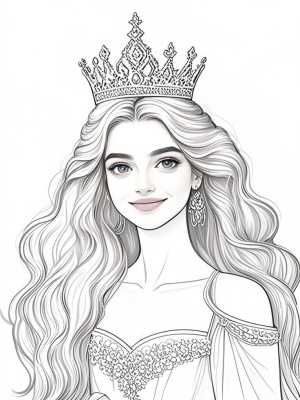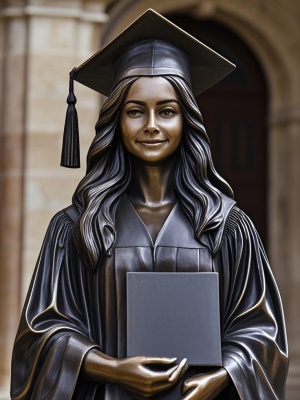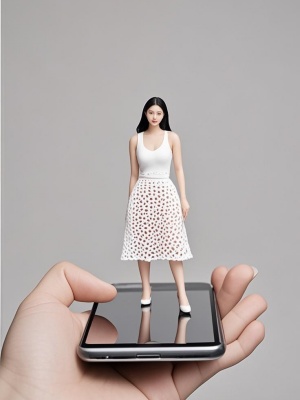The Art of Portrait in Sculpture: A Timeless Tradition
Sculptural portraiture has been a fundamental form of artistic expression for millennia, capturing the essence of individuals through three-dimensional forms. From ancient busts to contemporary installations, portrait sculpture continues to evolve while maintaining its core purpose - to immortalize human likeness and character in tangible form. This article explores the rich history, techniques, and modern innovations in portrait sculpture.
The Historical Evolution of Portrait Sculpture
The tradition of portrait sculpture dates back to ancient civilizations, with some of the earliest examples coming from Egypt and Mesopotamia. These cultures created highly stylized representations that emphasized permanence and idealization rather than strict realism.
Ancient Foundations
Ancient Greek sculptors revolutionized portrait sculpture by introducing naturalism and anatomical accuracy. The famous Riace Bronzes demonstrate this mastery of human form. Roman sculptors further developed the art, creating remarkably lifelike busts that captured individual personalities.
Renaissance Revival
After the Middle Ages, portrait sculpture flourished again during the Renaissance. Artists like Donatello and Michelangelo created works that balanced ideal beauty with individual characteristics. The gallery of Renaissance portrait busts shows this perfect blend of realism and idealism.

Technical Challenges in Portrait Sculpture
Creating a successful portrait sculpture presents unique challenges that differ from two-dimensional portraiture. Sculptors must consider multiple viewpoints and work within the physical limitations of their materials.
Capturing Likeness from All Angles
Unlike paintings, sculptures must maintain a recognizable likeness from every perspective. This requires:
- Careful study of facial proportions
- Understanding of cranial structure
- Attention to subtle asymmetries
Material Considerations
The choice of material significantly impacts the final portrait. Common options include:
- Marble - for its luminous quality and fine detail
- Bronze - durable and suitable for complex poses
- Clay - allows for easy modification during creation
Modern Innovations in Portrait Sculpture

Contemporary artists are pushing the boundaries of traditional portrait sculpture through new technologies and conceptual approaches.
Digital Sculpting Techniques
Modern tools like 3D scanning and printing have revolutionized portrait sculpture. Artists can now:
- Create precise digital models from photographs
- Experiment with forms virtually before physical creation
- Produce multiple copies with perfect consistency
For those interested in transforming portraits into art, our portrait to art guide explores digital techniques.
Conceptual Portraiture
Some contemporary sculptors focus less on physical likeness and more on capturing the essence or psychological state of their subjects. These works often incorporate:

- Abstract elements
- Mixed media
- Interactive components
The Enduring Appeal of Portrait Sculpture
Despite technological advances, traditional portrait sculpture remains popular for commemorative and artistic purposes. Its three-dimensional nature creates a powerful physical presence that two-dimensional art cannot match.
Whether created through ancient techniques or modern technology, portrait sculpture continues to fascinate by freezing human expression in permanent form. As noted by the Metropolitan Museum of Art, portrait sculpture serves as both historical record and artistic achievement.
For those inspired to create their own portrait sculptures, our AI art guide offers insights into combining traditional techniques with digital tools.